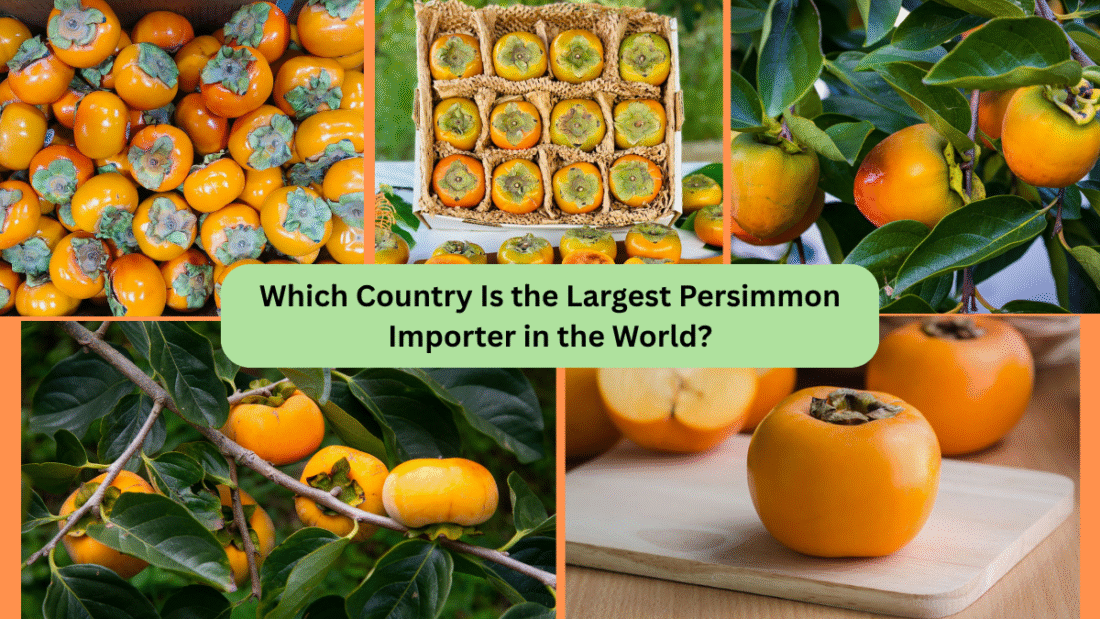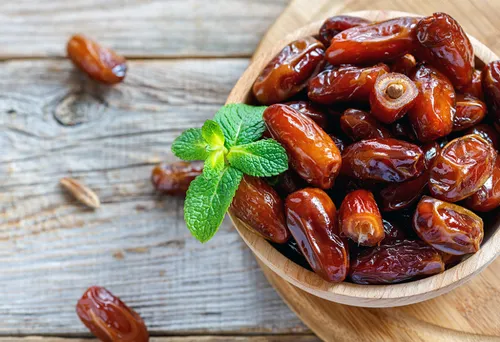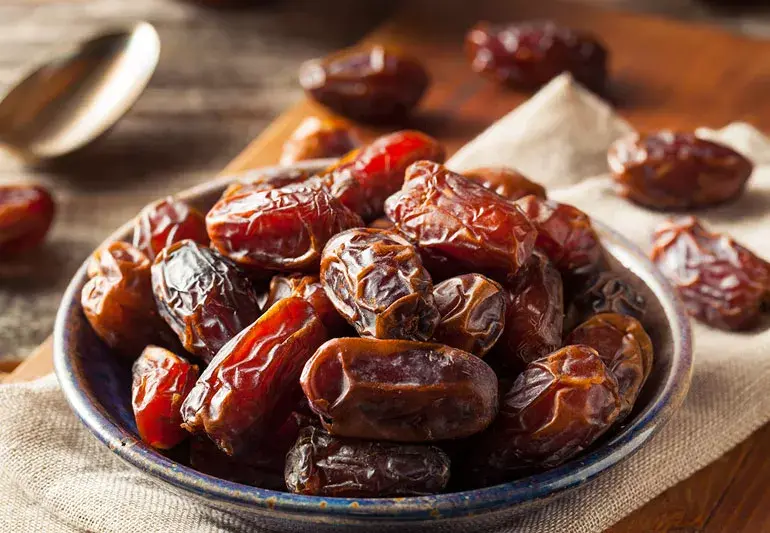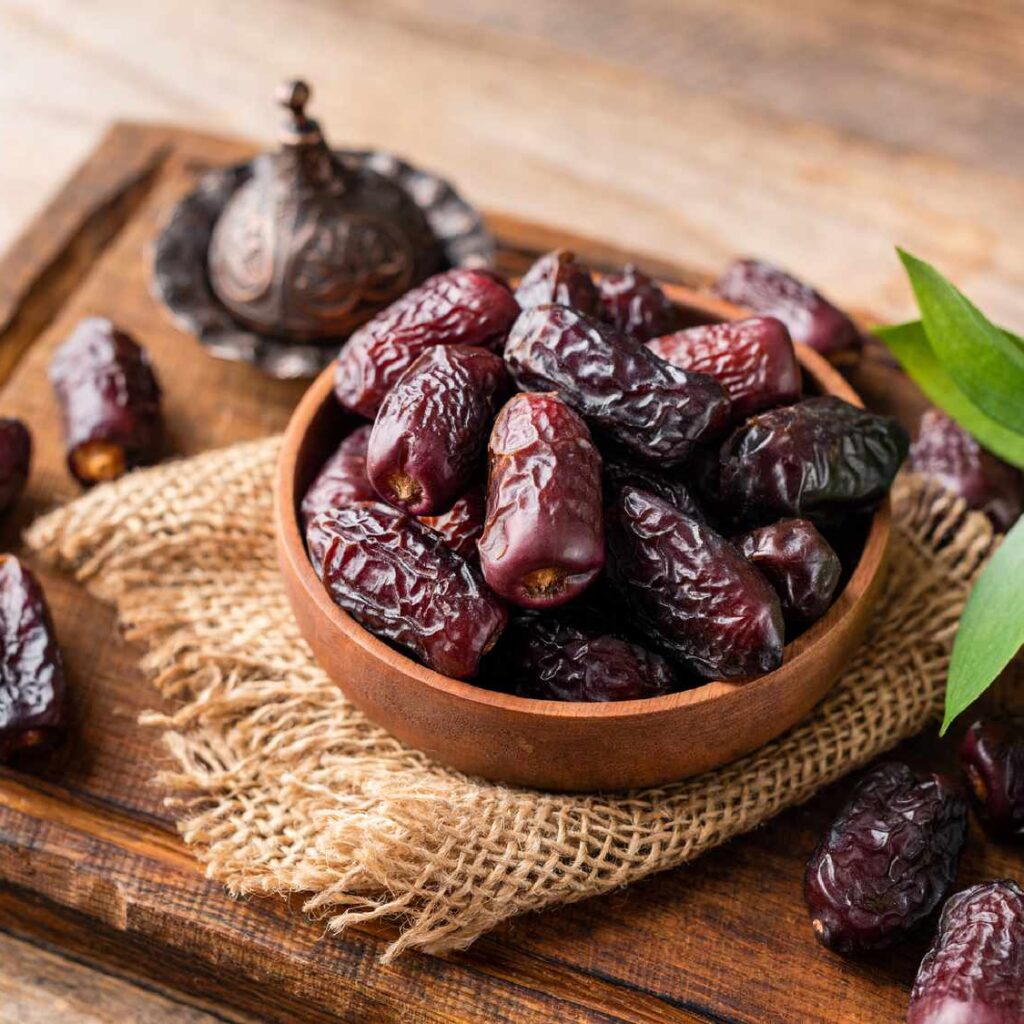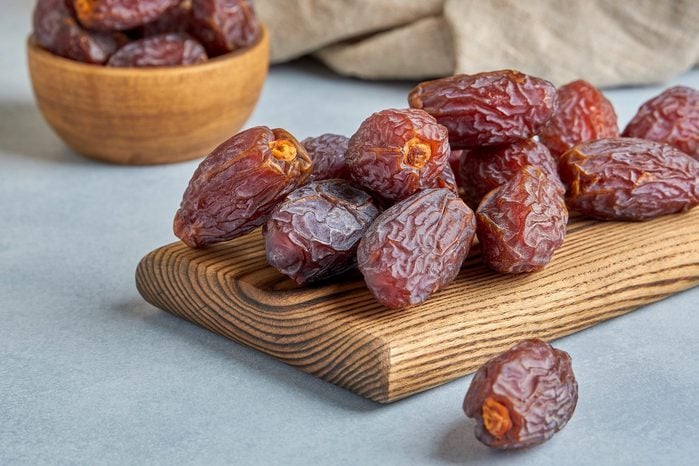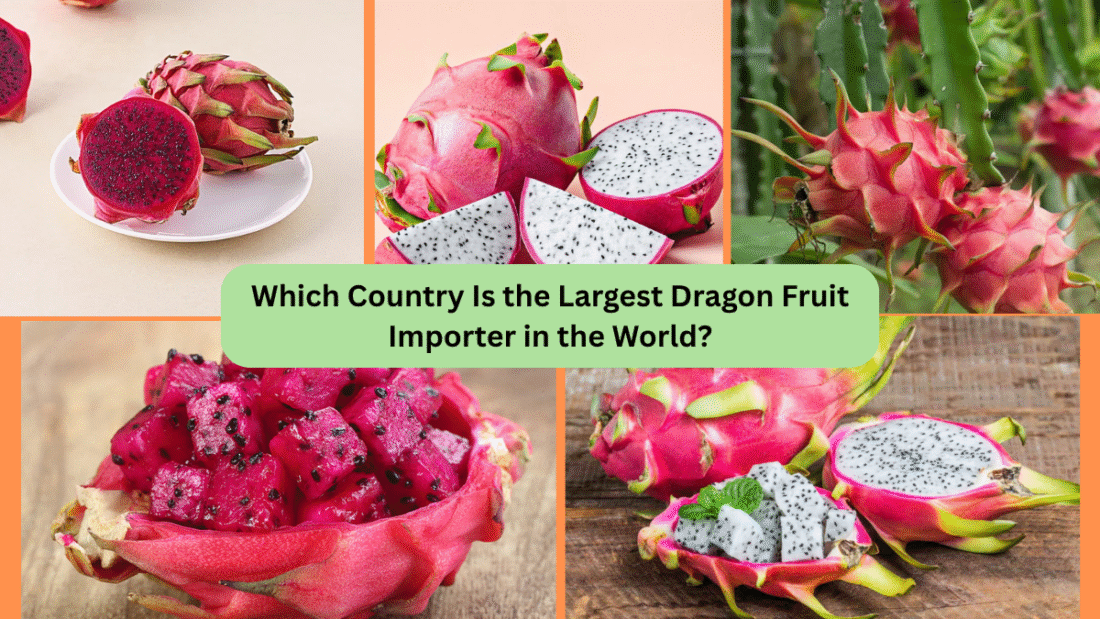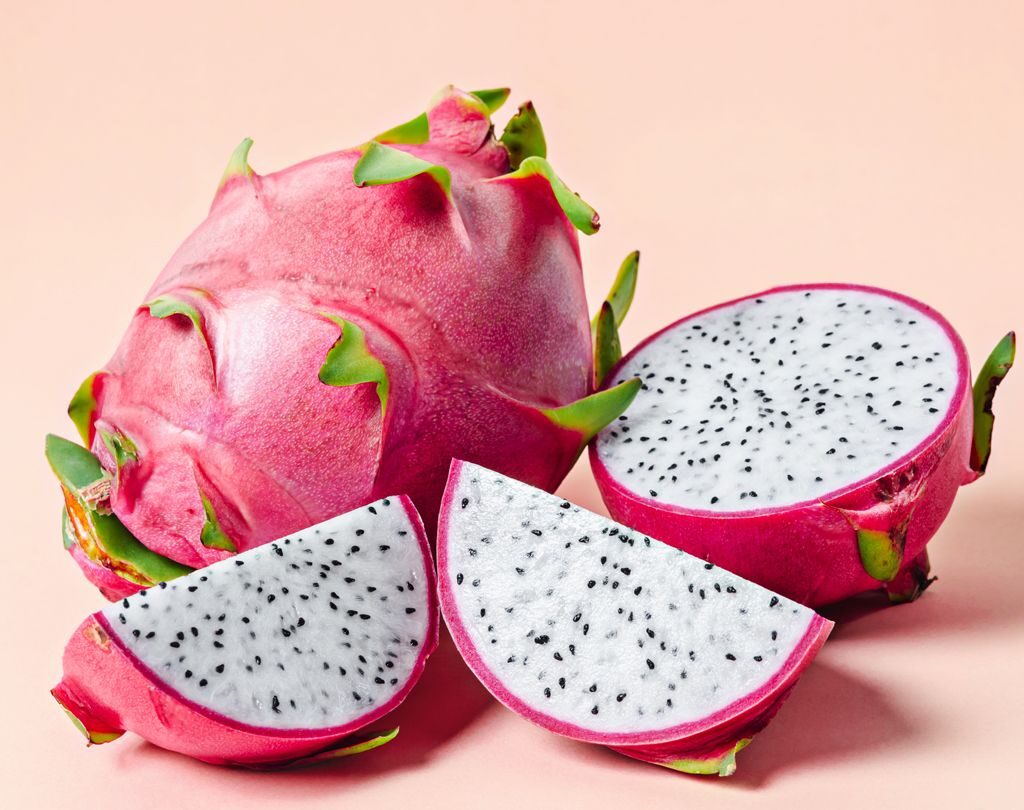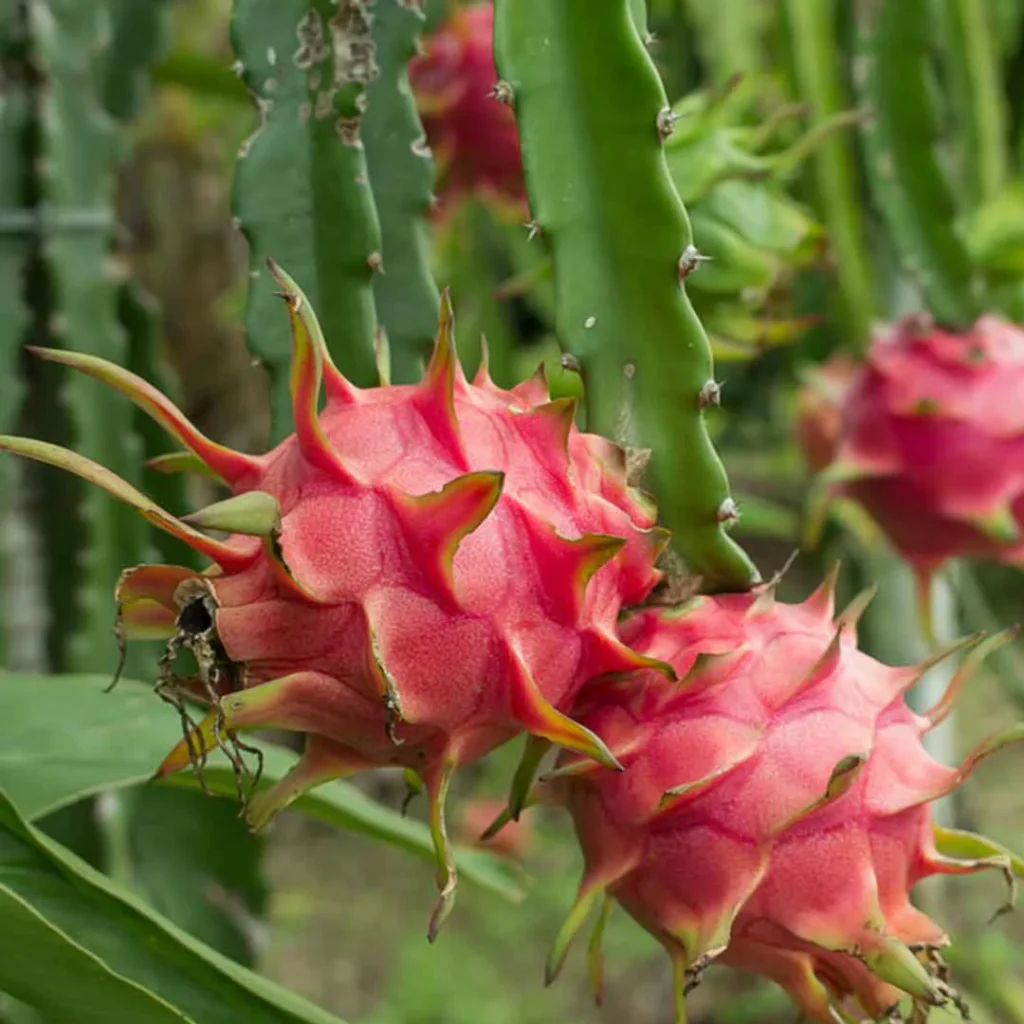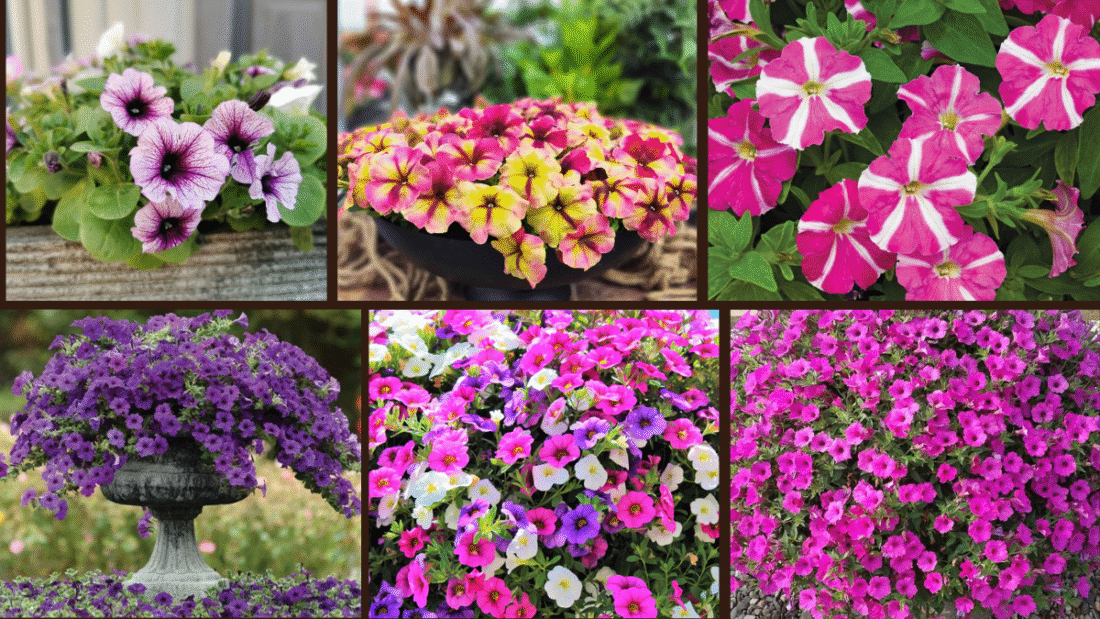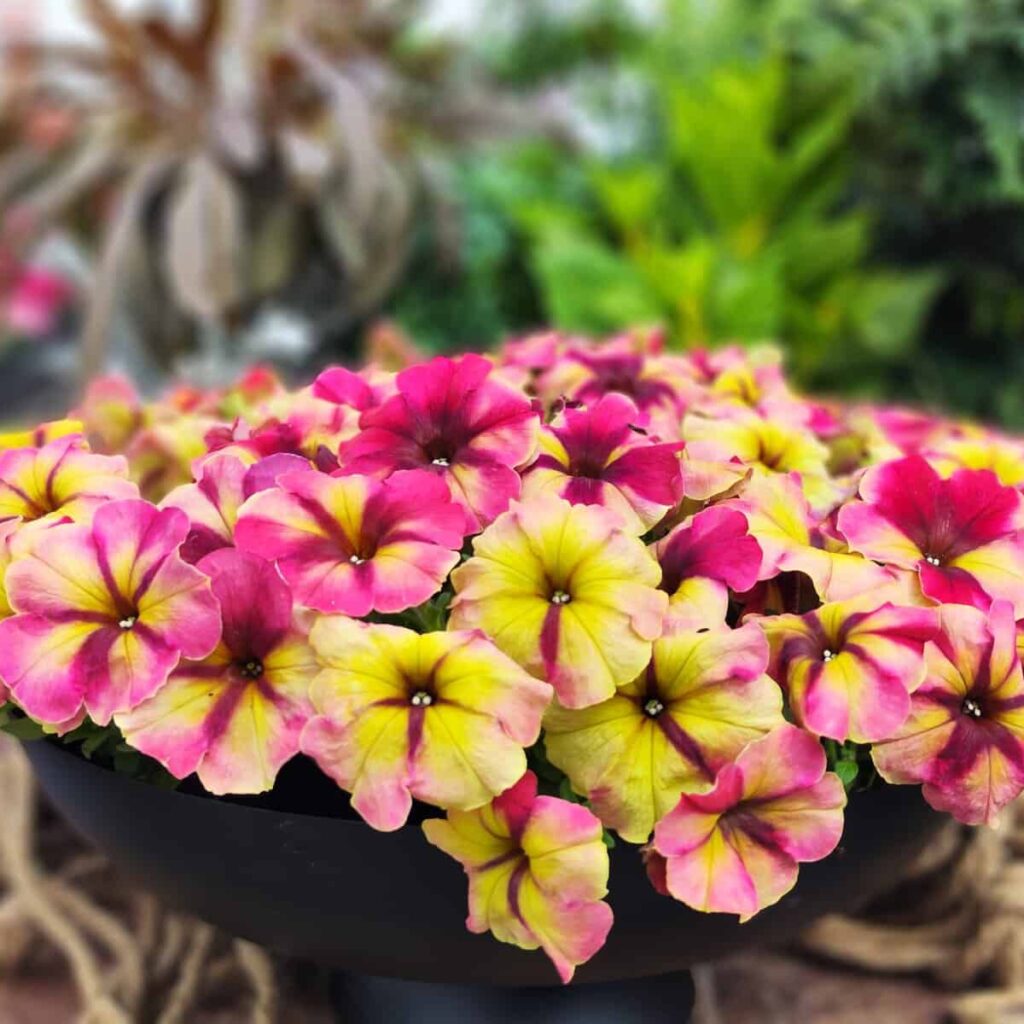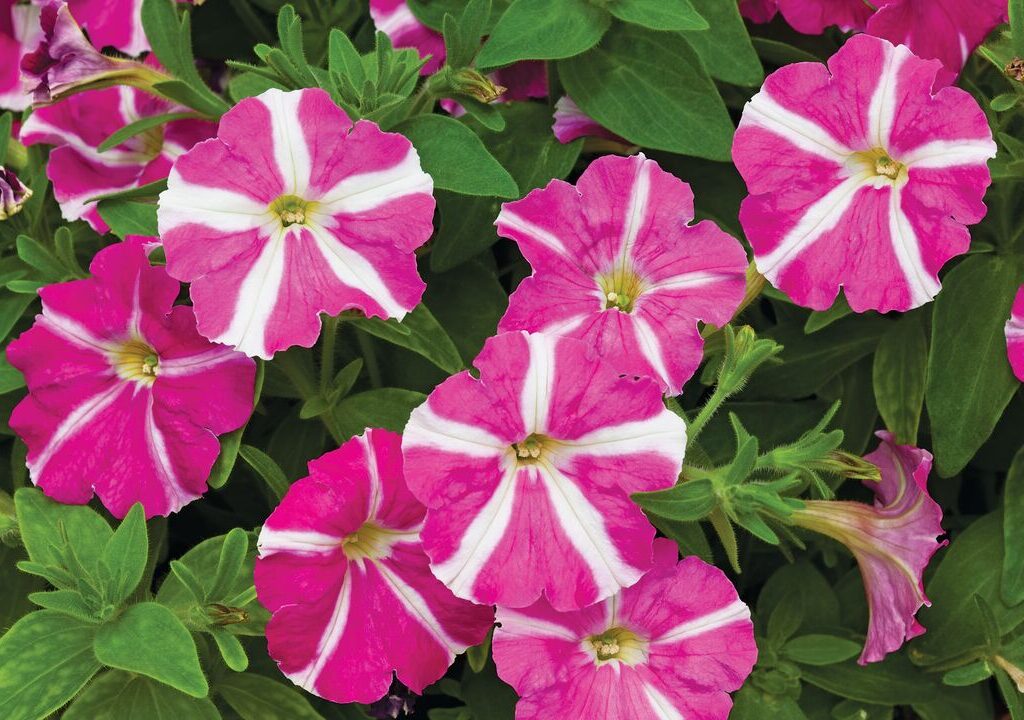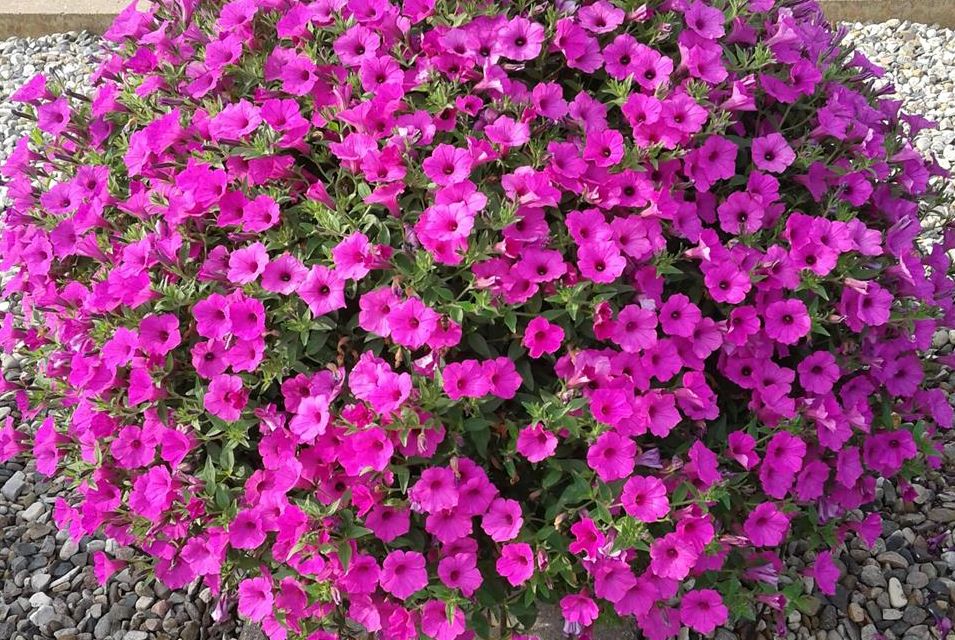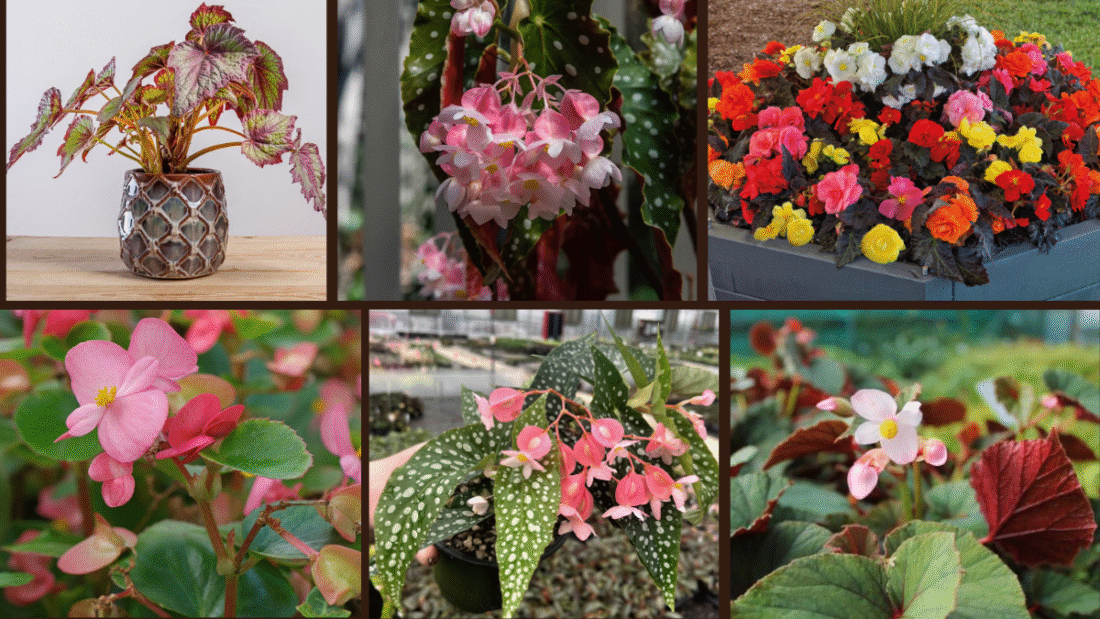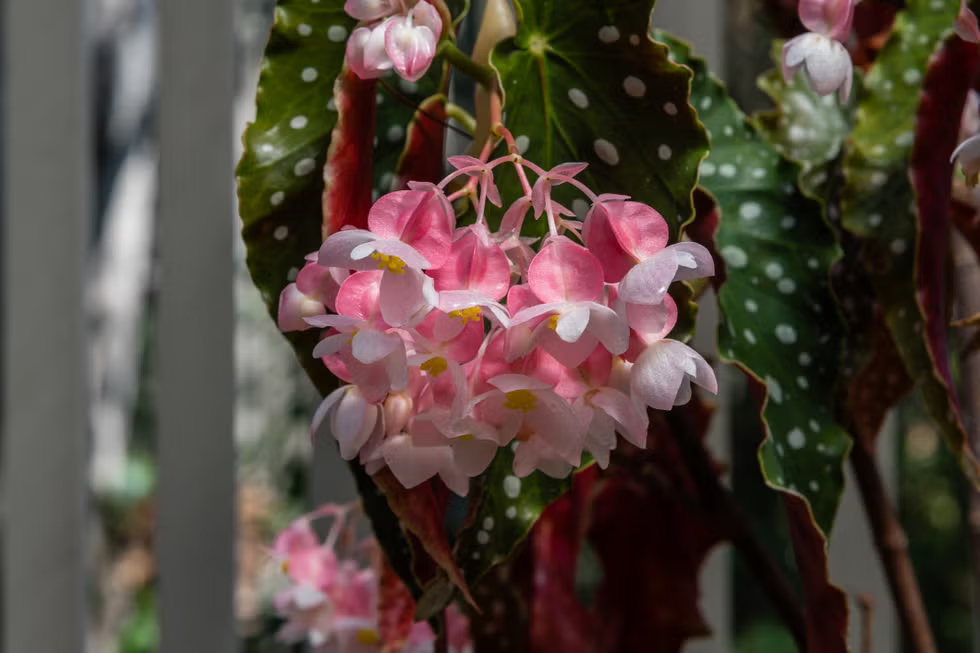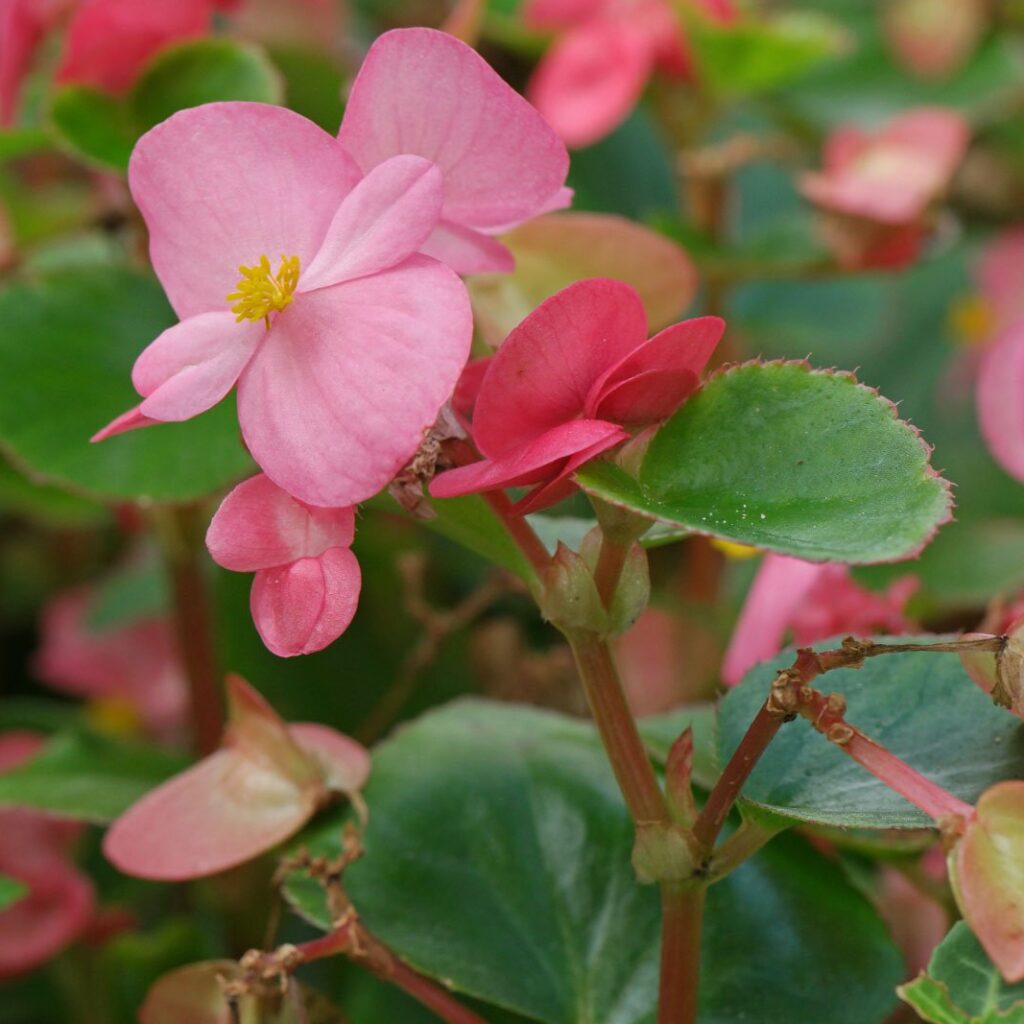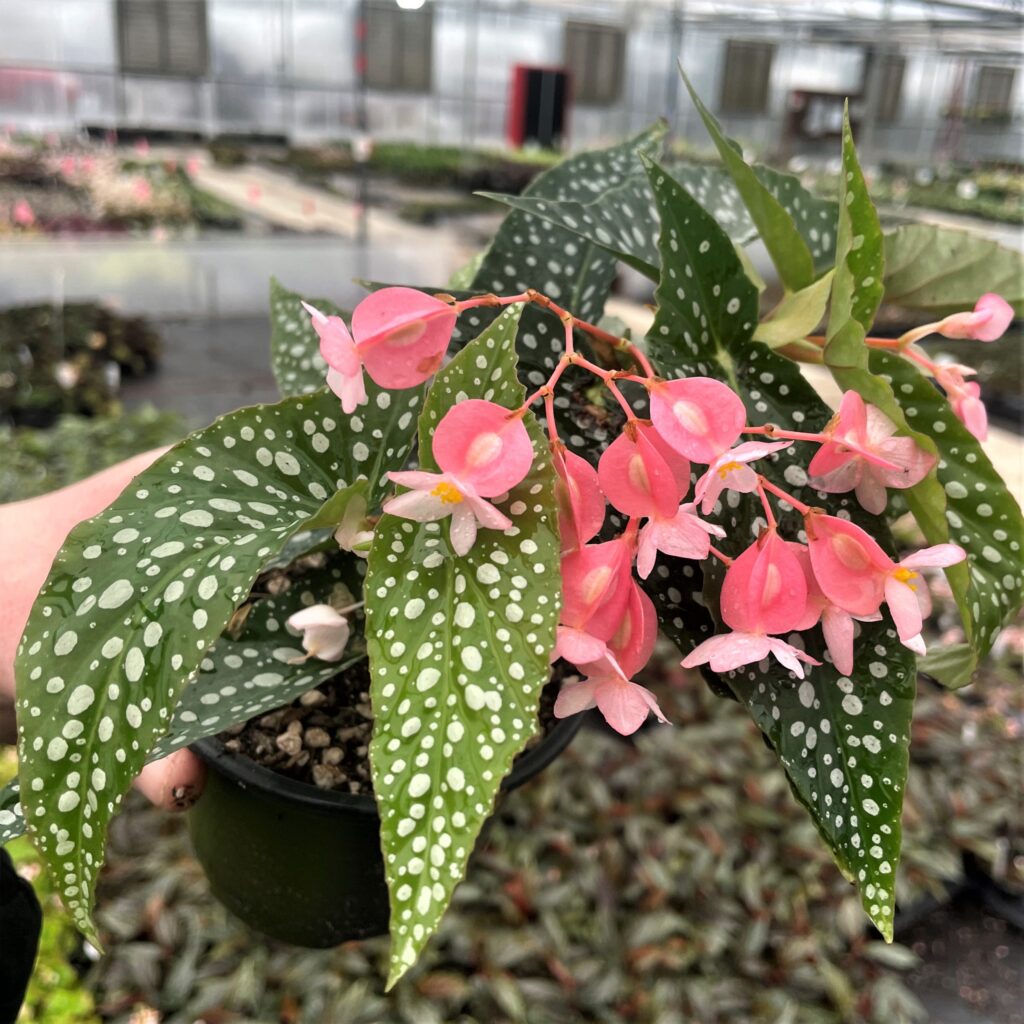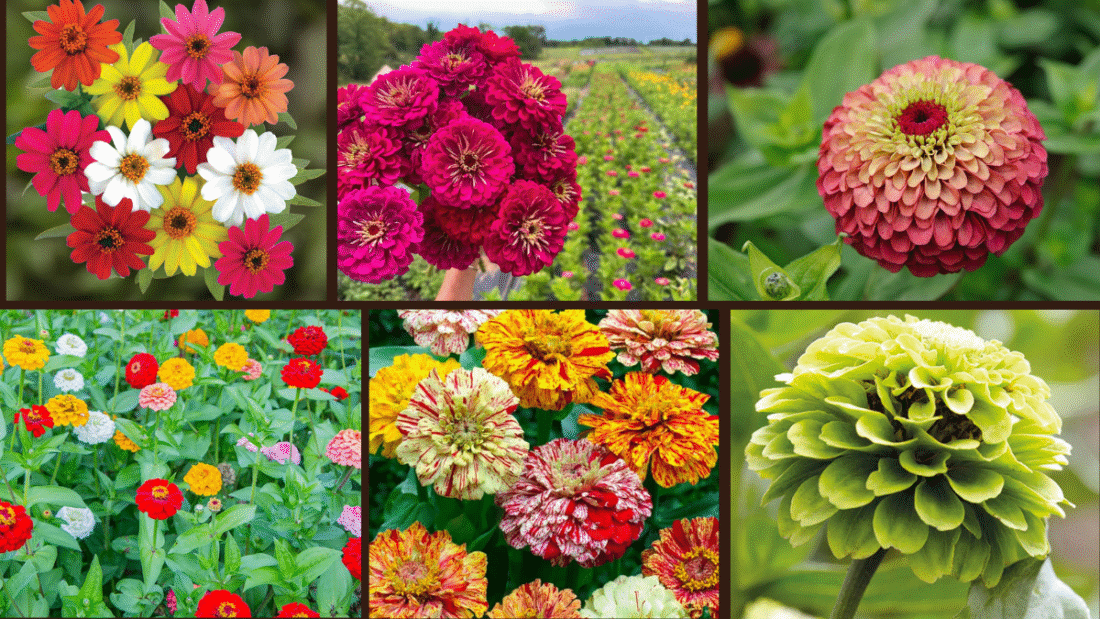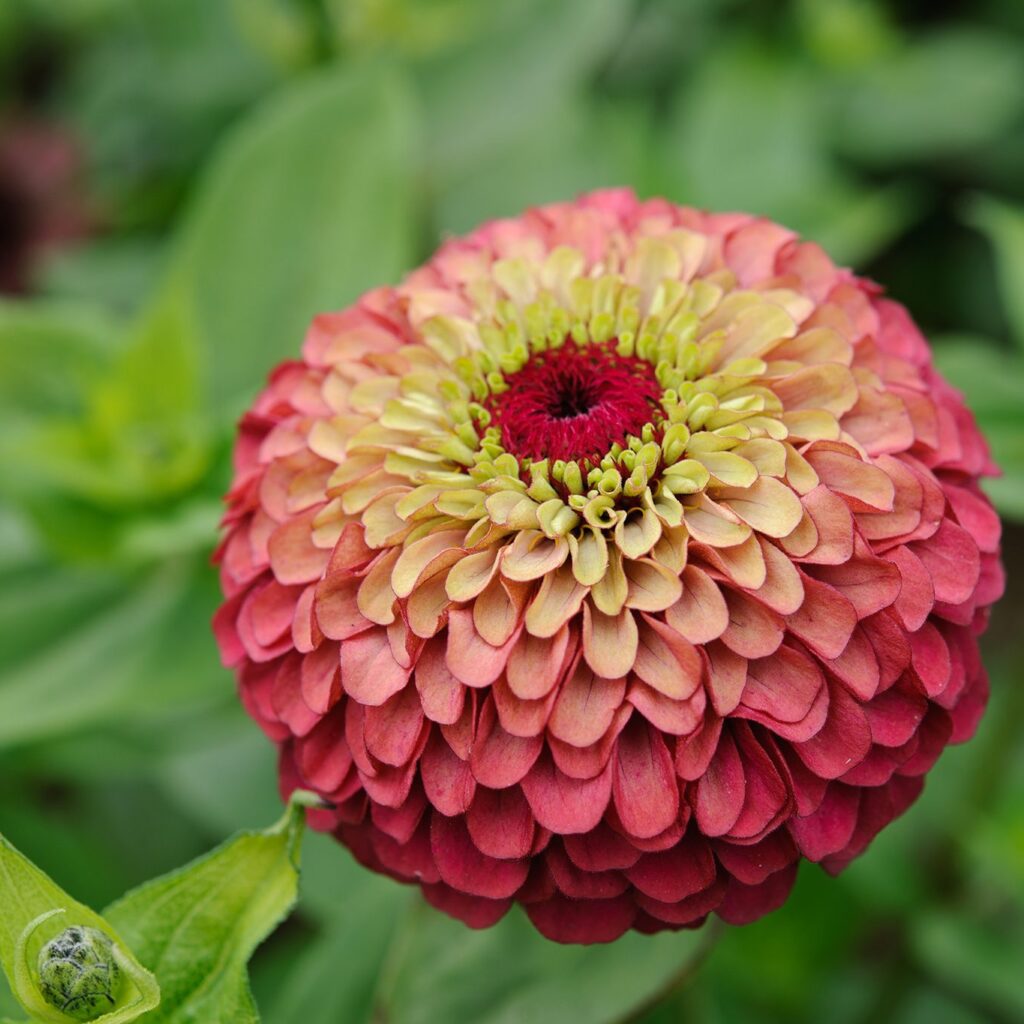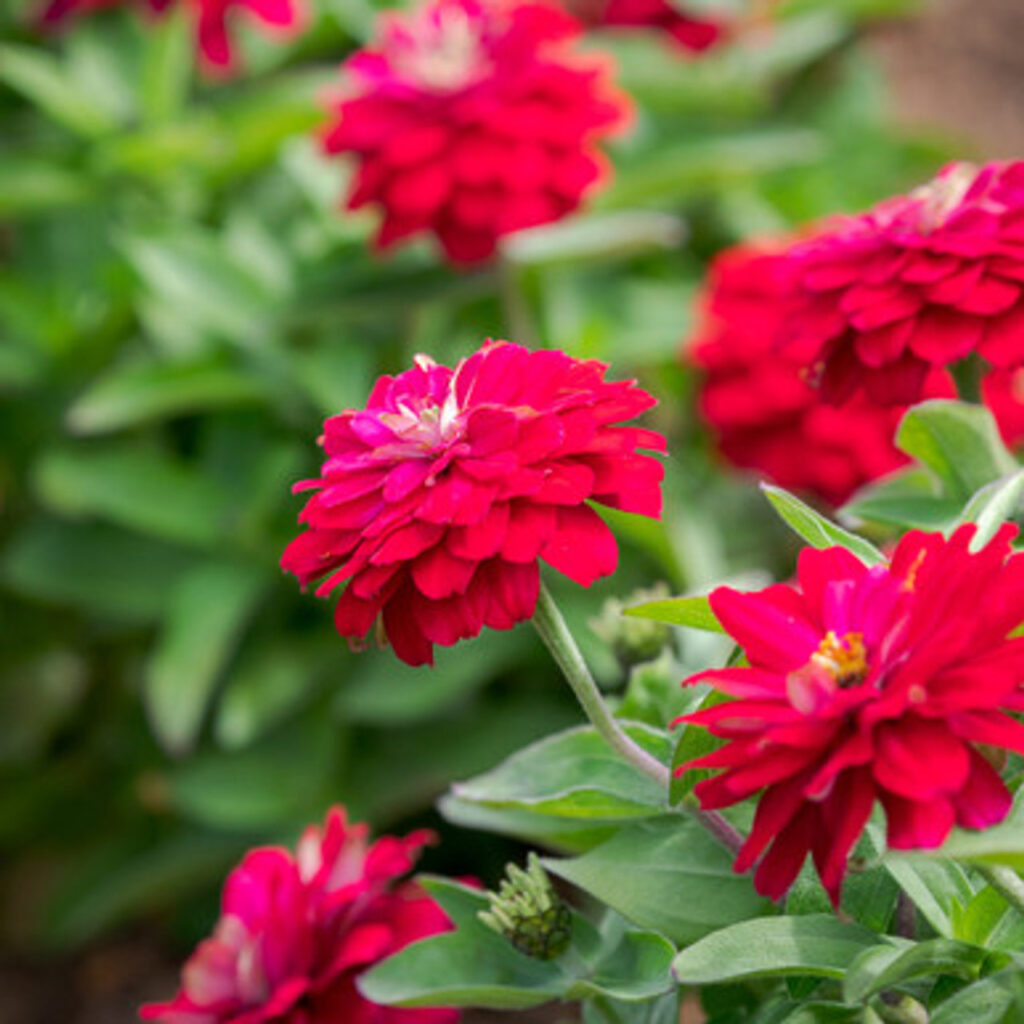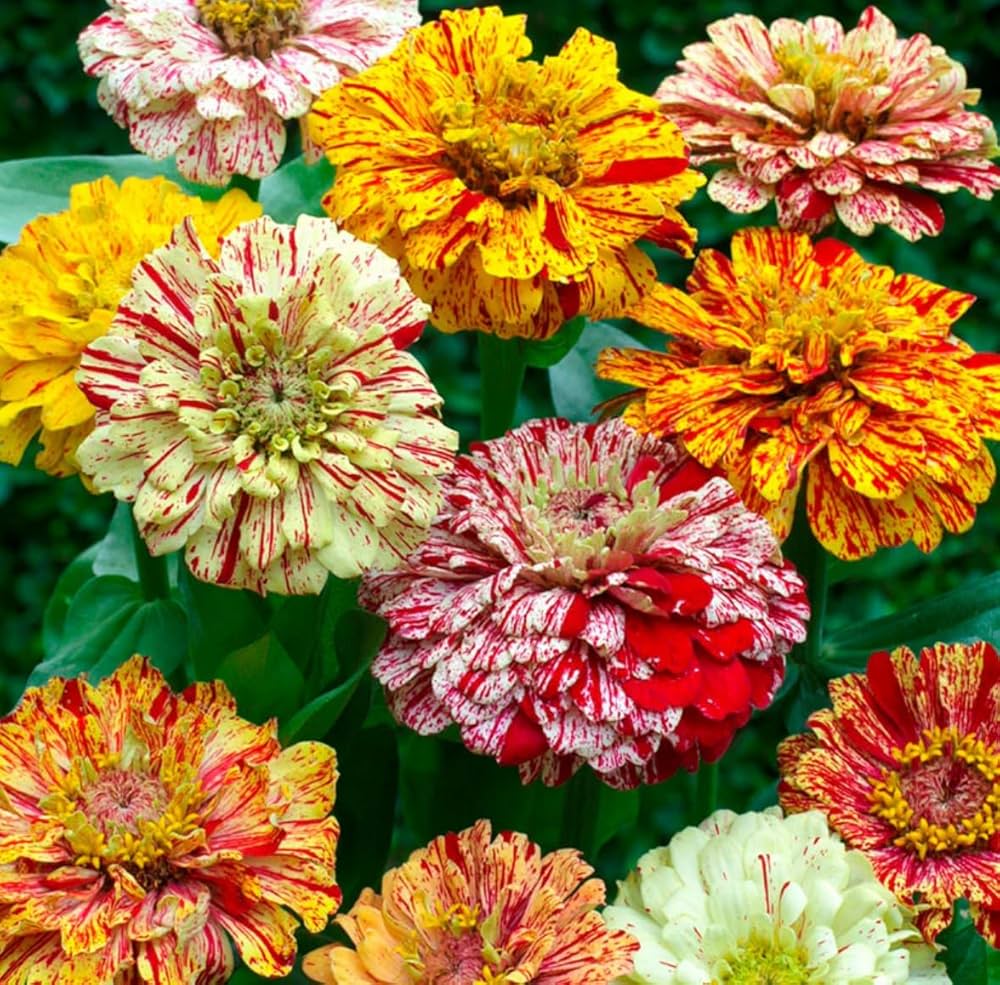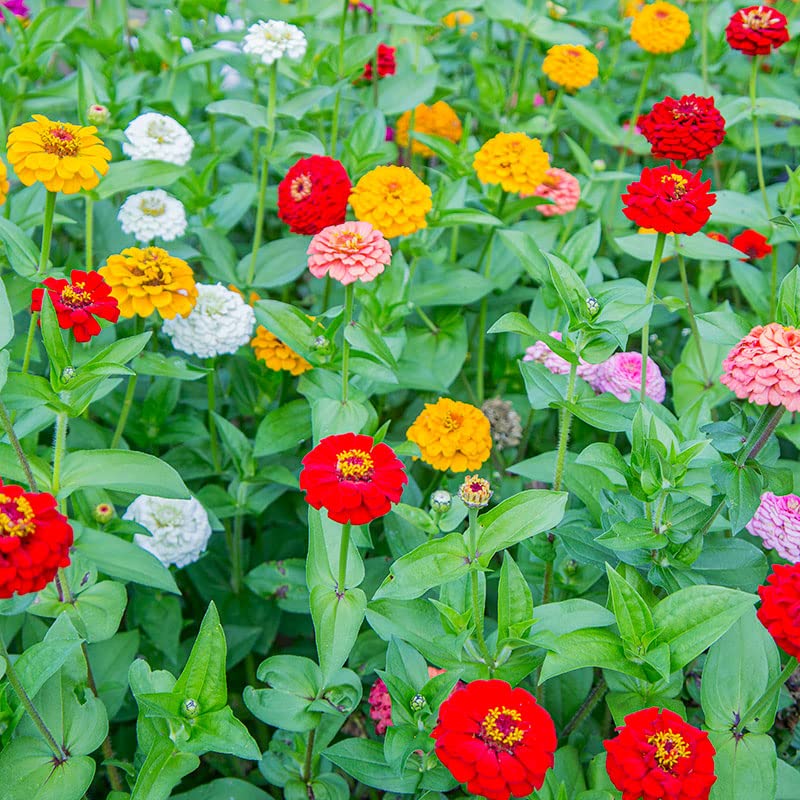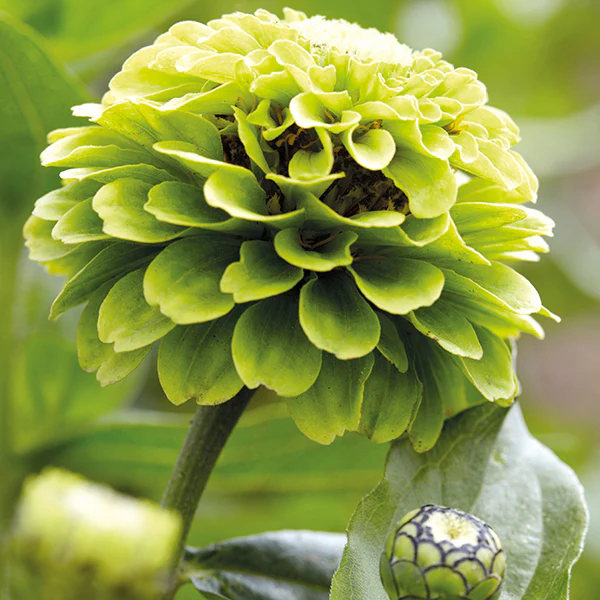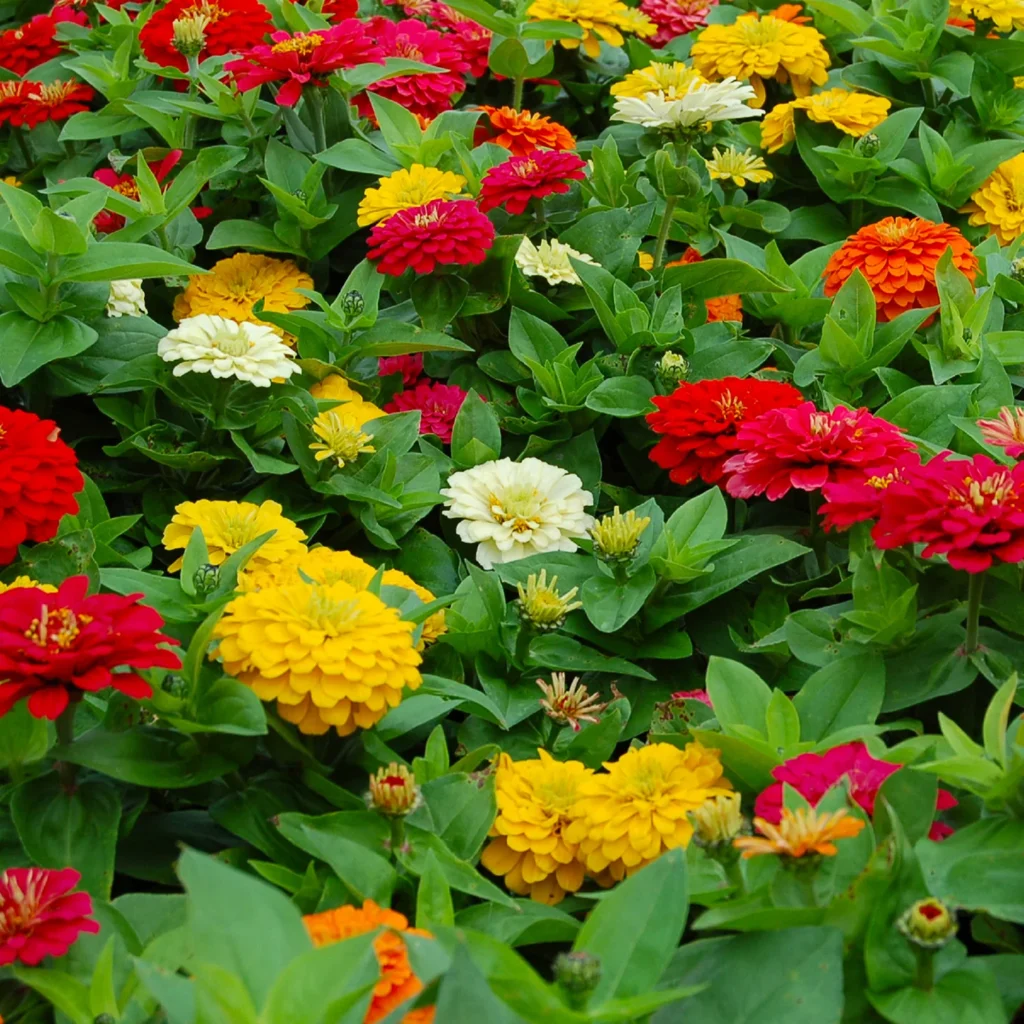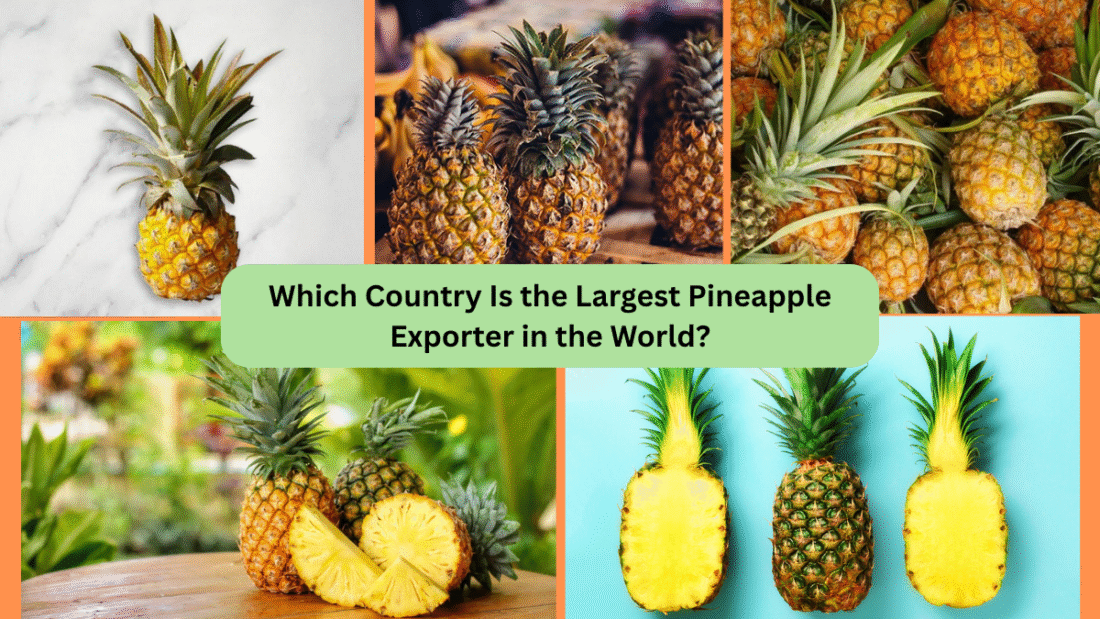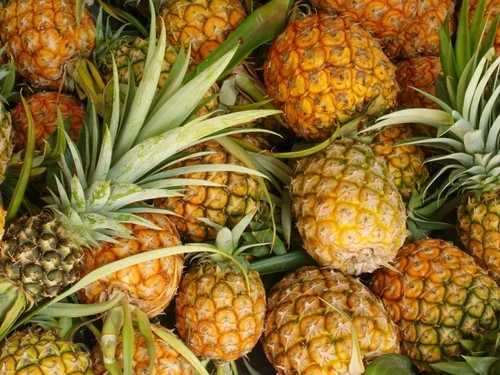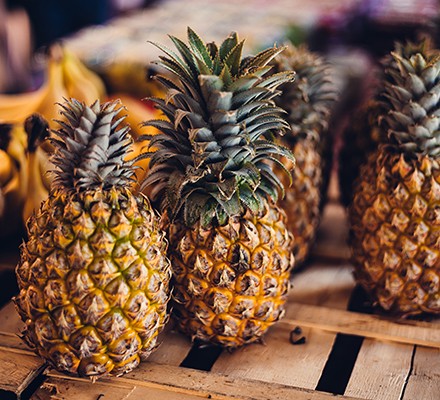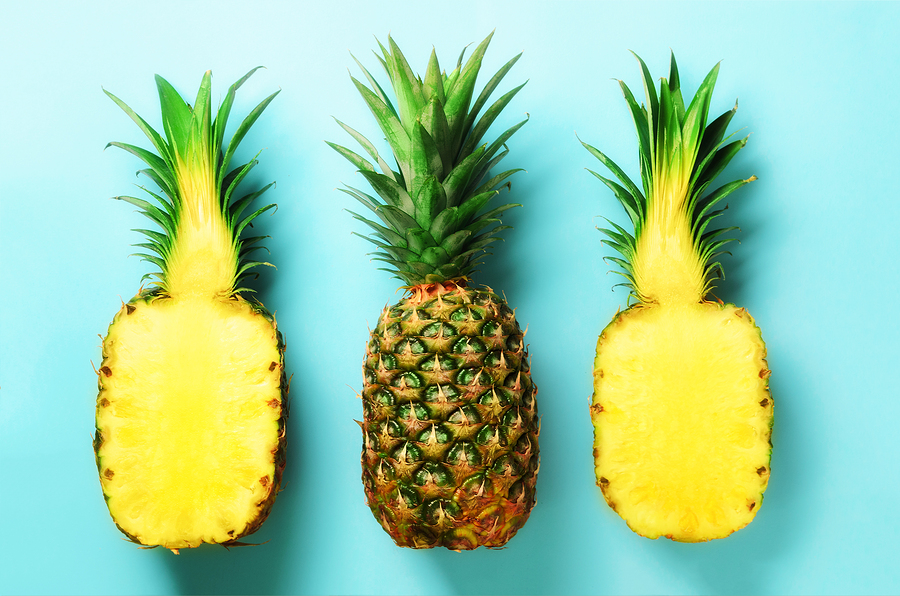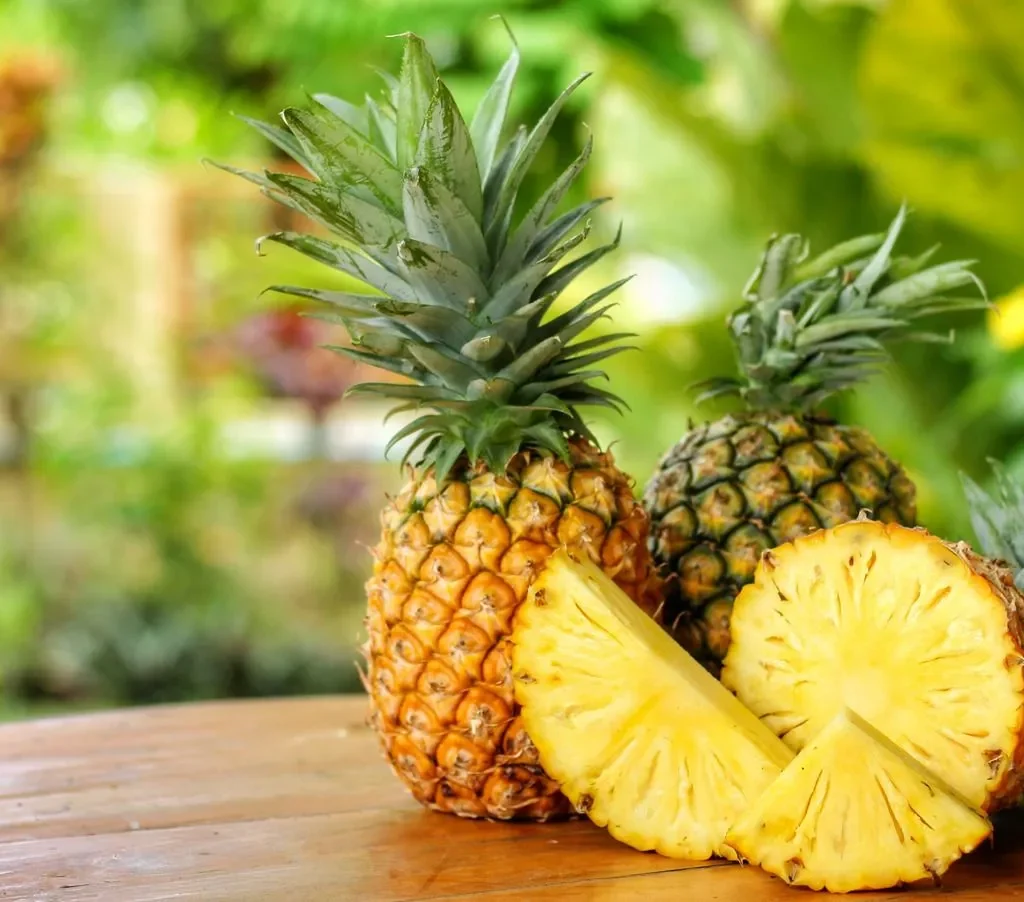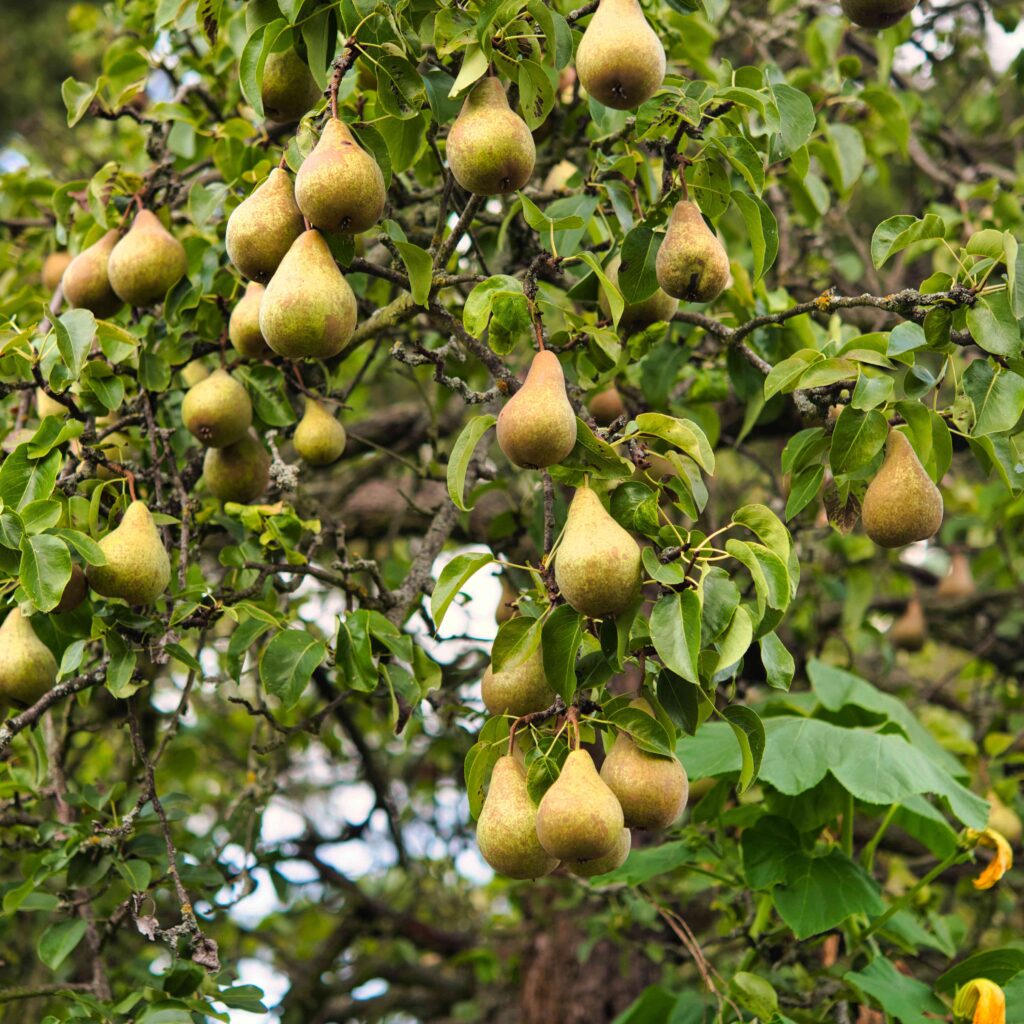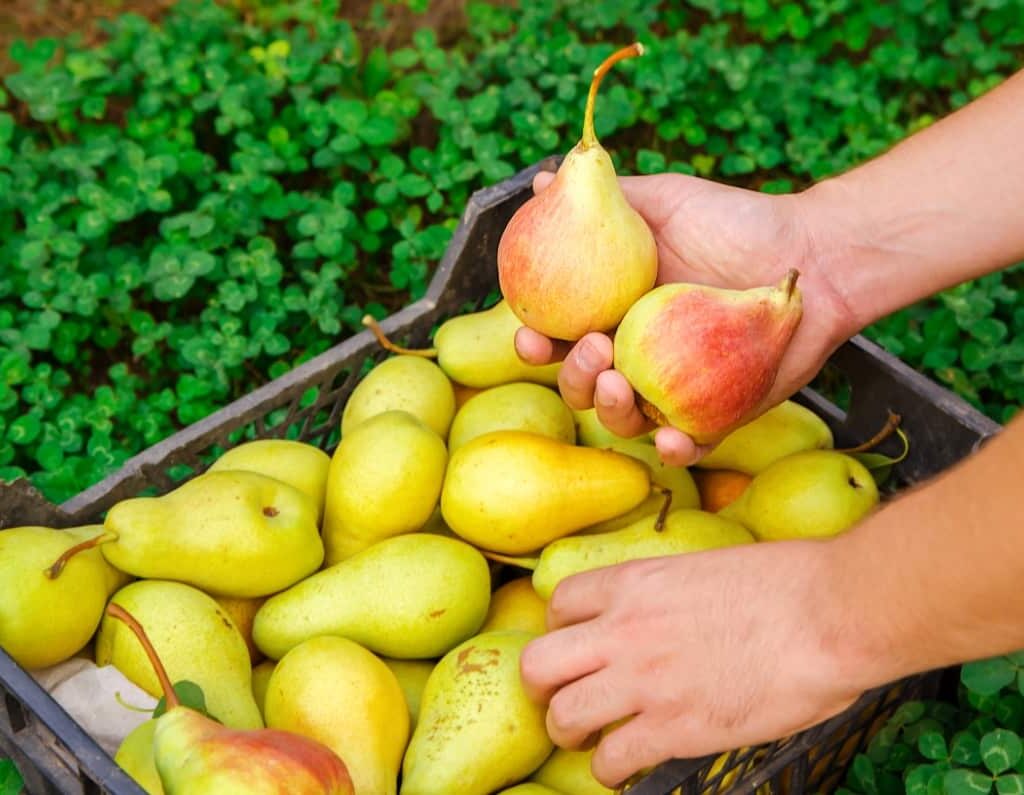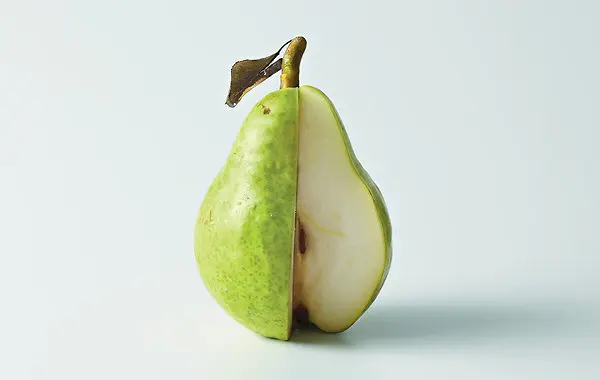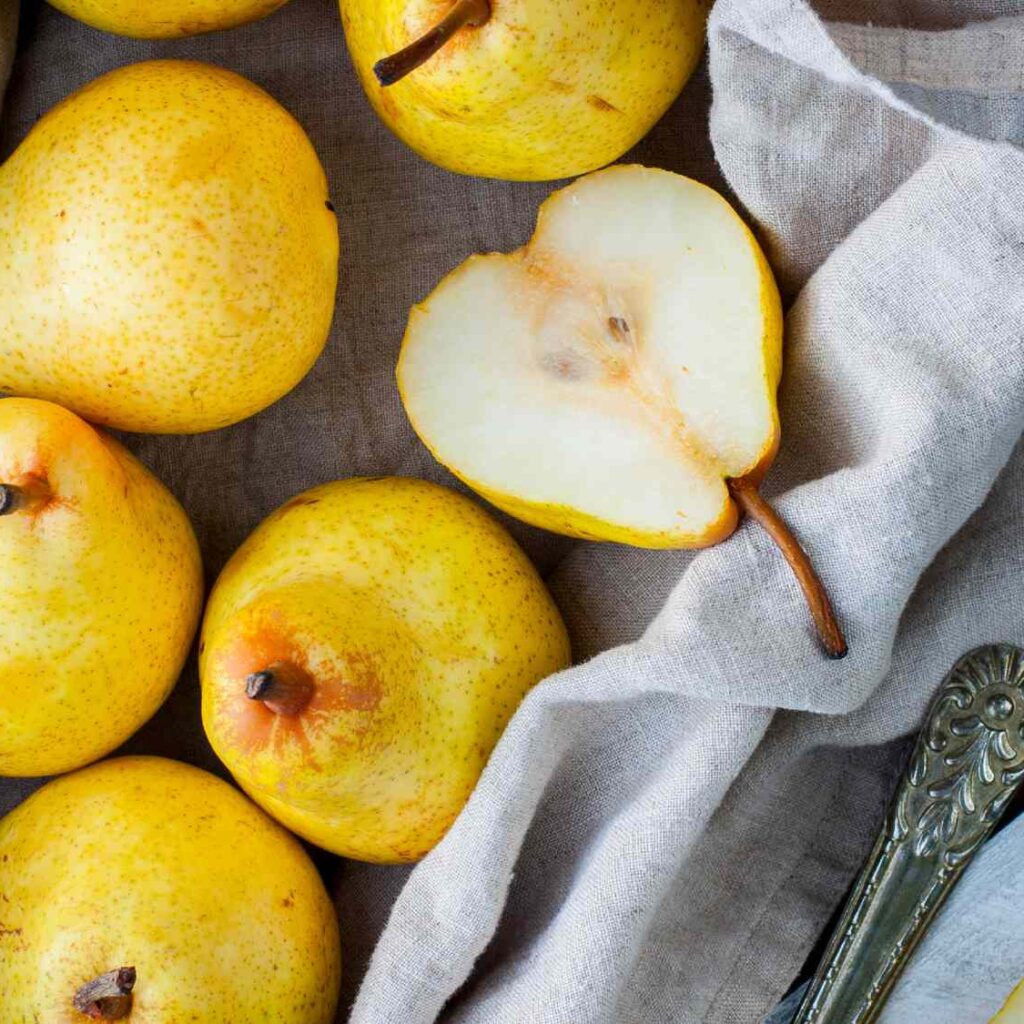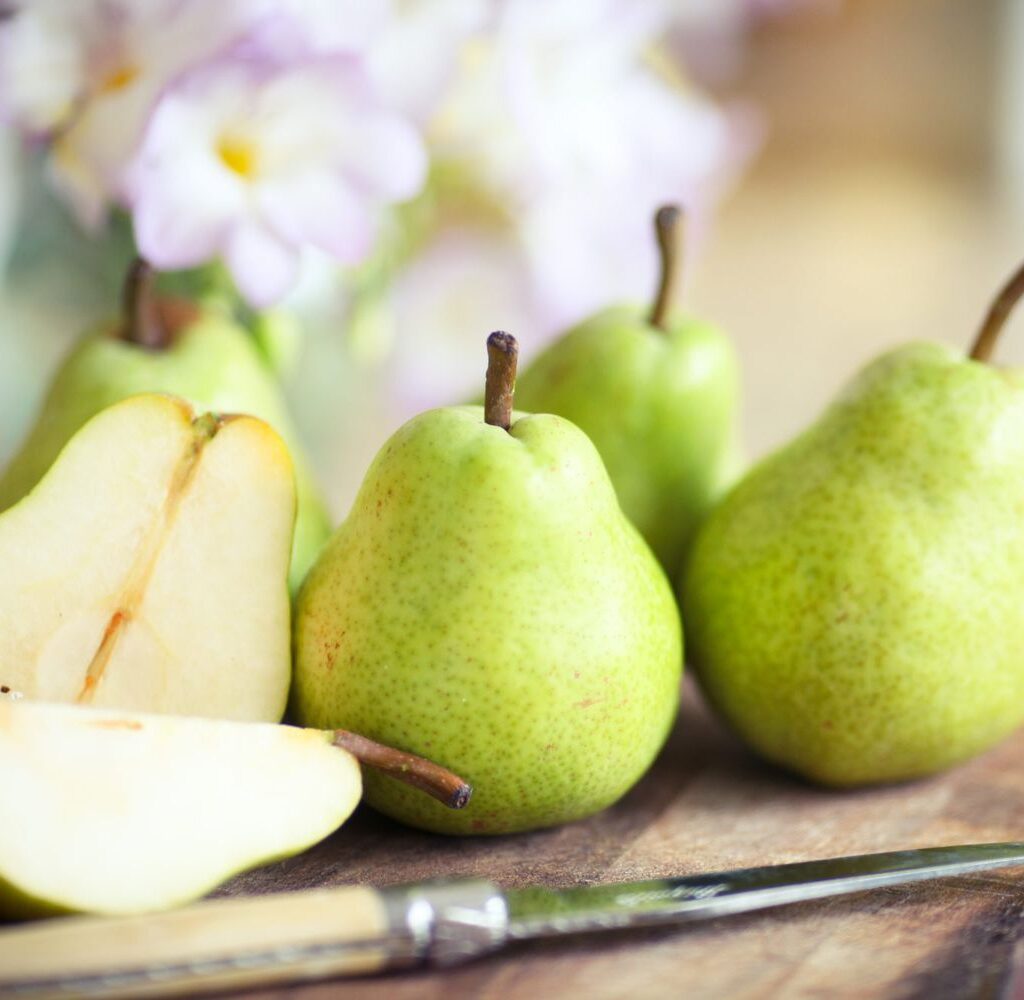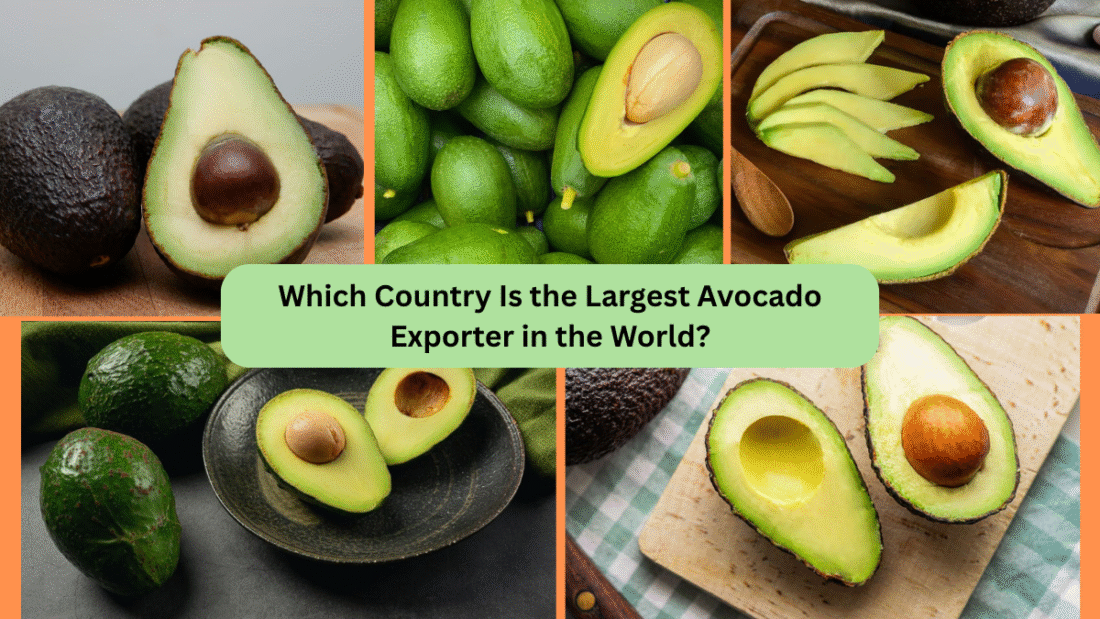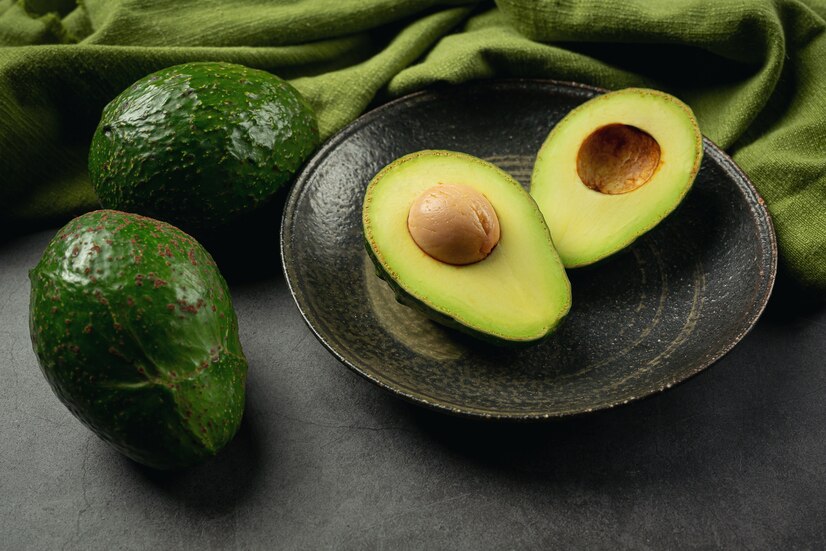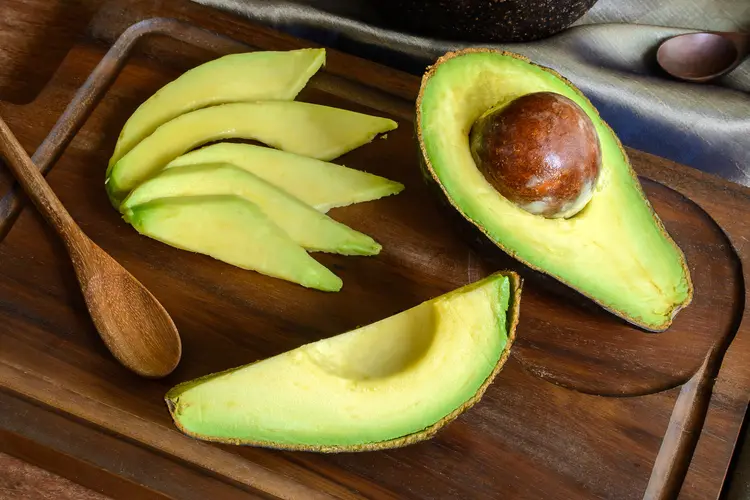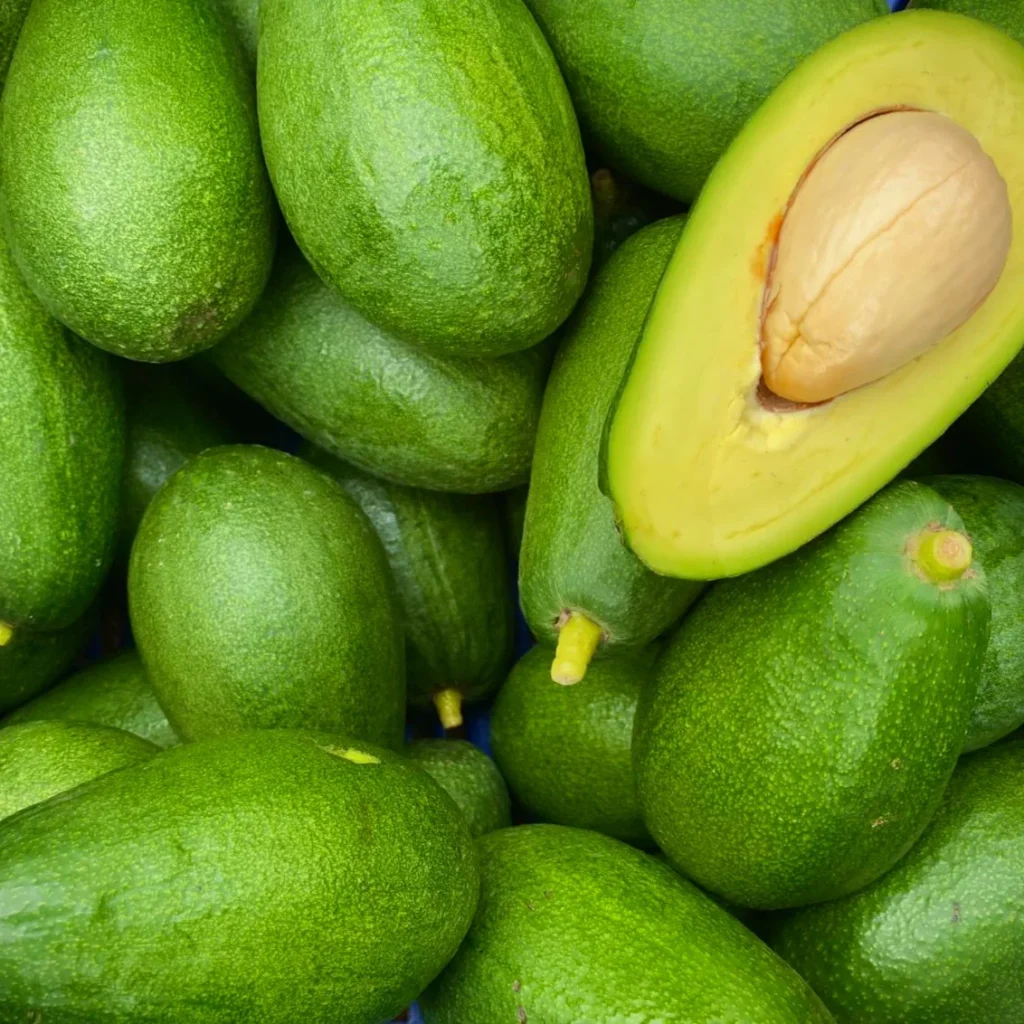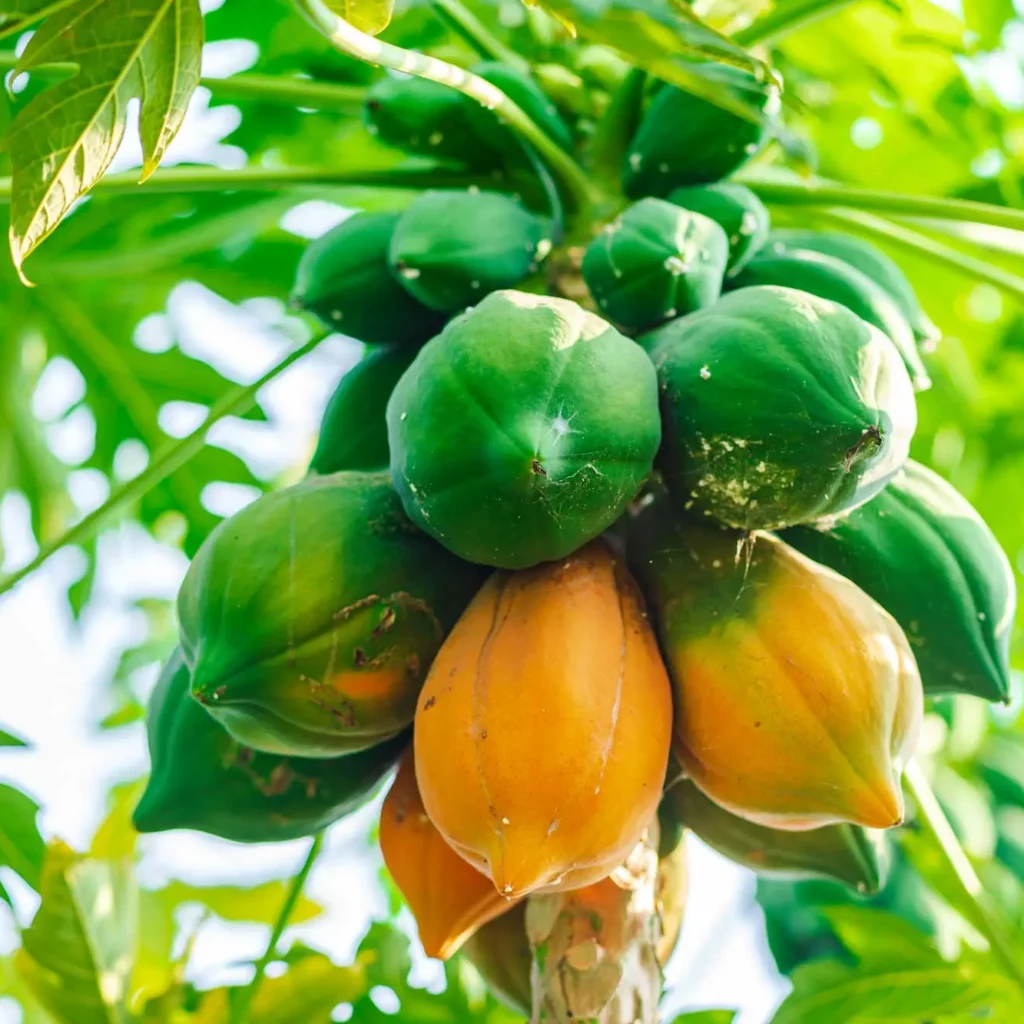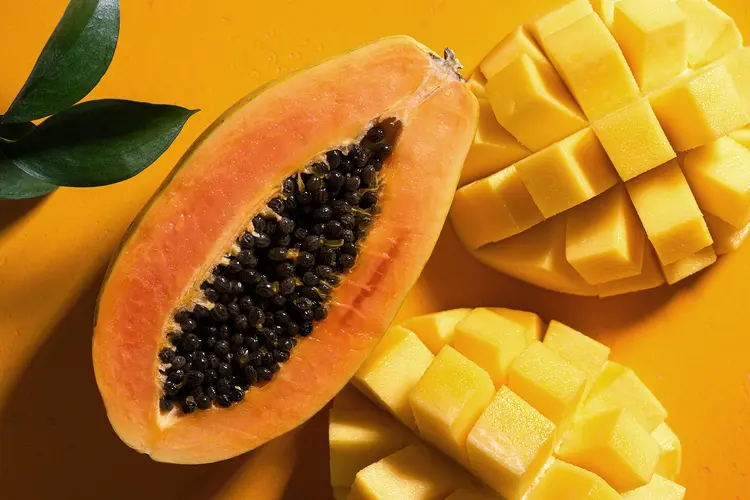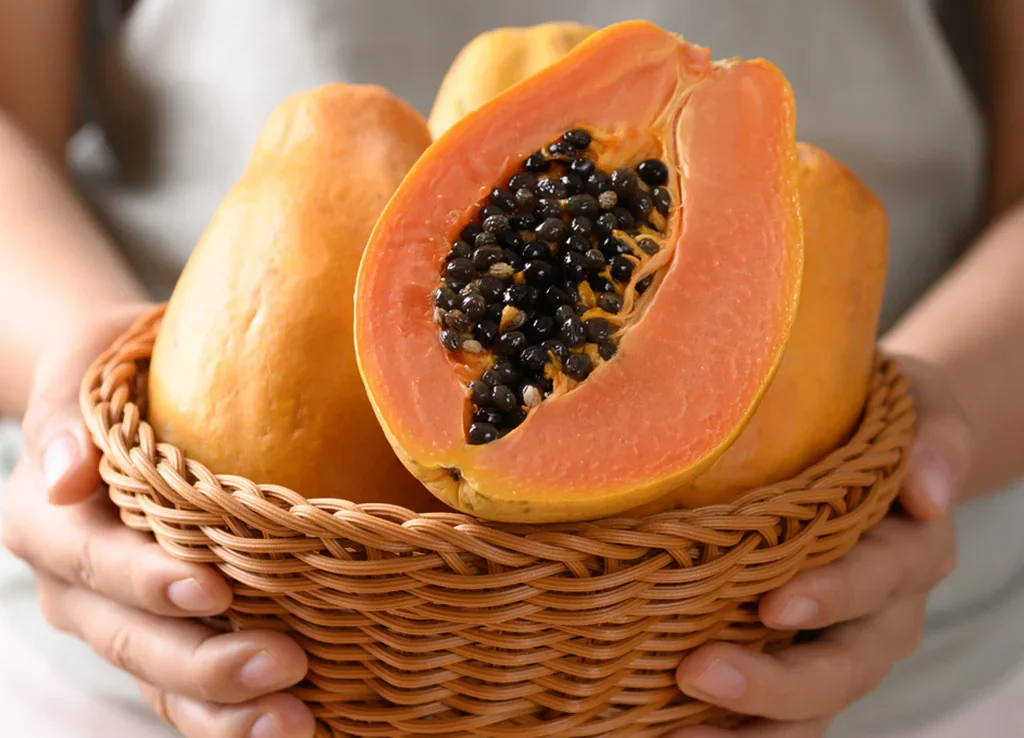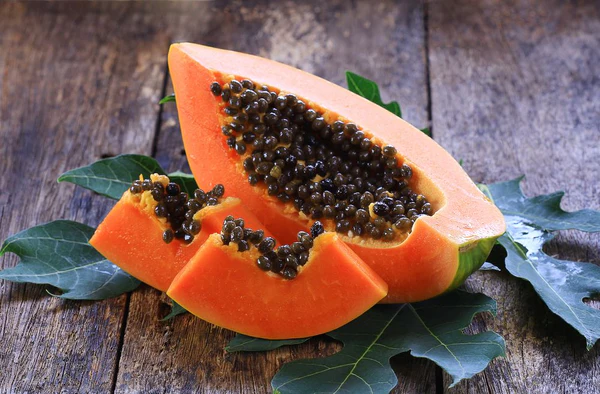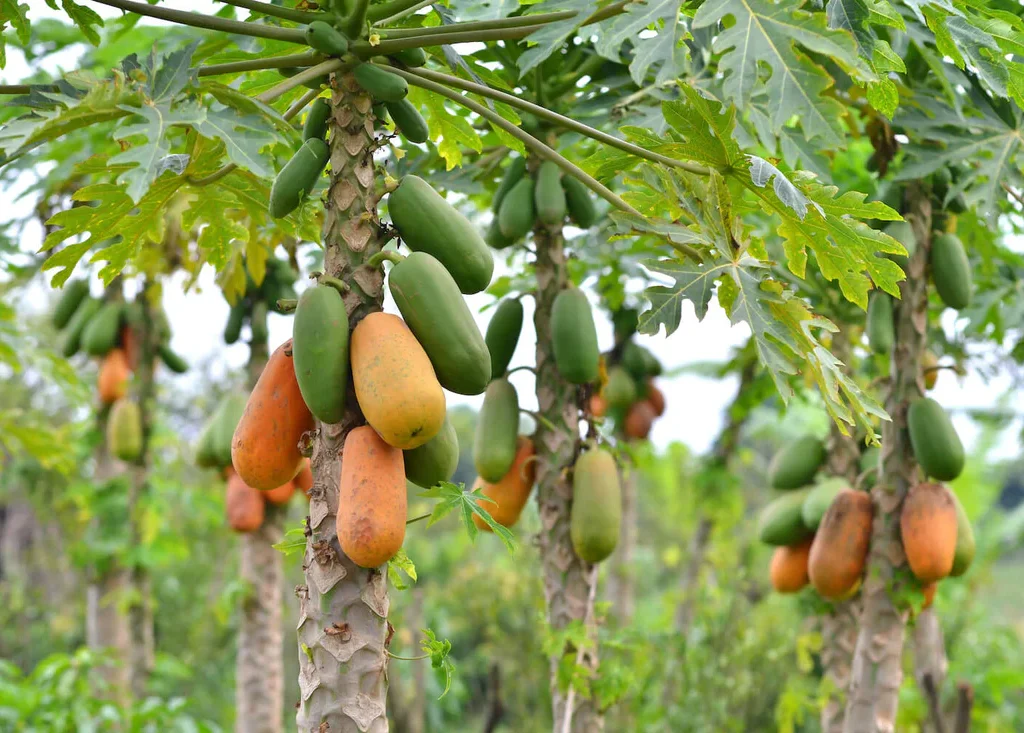Sweet, smooth, and delightfully autumnal, persimmons have long been cherished in kitchens and orchards across Asia, the Mediterranean, and beyond. Known for their rich orange hue and honeyed flavor, persimmons are enjoyed both fresh and dried, making them a popular seasonal delicacy and a staple ingredient in desserts, salads, and traditional medicine.
But while several nations excel in producing persimmons, one country leads the world as the largest importer of this beloved fruit: China.
In this article, we’ll trace the history of persimmons, examine global production and trade routes, and uncover why China holds the top spot in persimmon imports, backed by data, market trends, and future outlooks.
What Is a Persimmon?

A persimmon is the edible fruit of trees from the Diospyros genus, with the most commercially significant varieties being:
- Diospyros kaki (Japanese or Asian persimmon)
- Diospyros lotus (Date-plum)
- Diospyros virginiana (American persimmon)
The fruit varies in size, shape, and color but typically ranges from golden-orange to deep amber. There are two main types:
- Astringent Persimmons: Need to be fully ripe before eating (like ‘Hachiya’).
- Non-Astringent Persimmons: Can be eaten firm, crisp, or soft (like ‘Fuyu’).
Rich in vitamins A, C, and E, as well as antioxidants and fiber, persimmons are both delicious and nutritionally valuable.
Global Persimmon Production
Persimmons thrive in temperate climates and are primarily grown in:
- China (by far the largest producer)
- South Korea
- Japan
- Spain
- Azerbaijan
- Uzbekistan
- Israel
- Brazil
China alone accounts for over 70% of the world’s persimmon production, followed by South Korea and Japan.
Global Persimmon Trade Overview

Persimmons have seen rising popularity in international markets, driven by growing awareness of their health benefits, culinary versatility, and export initiatives from key producing countries like Spain and Israel.
The international trade in persimmons has expanded notably in the last decade, with fresh persimmons exported to regions like:
- Europe (Spain leading exports to EU nations)
- Middle East
- Southeast Asia
Yet, when it comes to imports, China remains the largest importer worldwide — an interesting fact considering it’s also the world’s top producer.
Which Country Is the Largest Persimmon Importer in the World?
China is the largest persimmon importer globally, primarily due to:
- Consumer demand for premium imported varieties
- Regional supply gaps during off-seasons
- Preference for specialty persimmon cultivars not widely grown domestically
Import Figures:
According to global trade data:
- In 2022, China imported approximately 51,500 metric tons of fresh persimmons.
- In 2023, imports increased, with over 55,000 metric tons brought in.
- The value of imports stood at around USD 95–105 million annually.
These figures make China not only the largest consumer and producer but also the largest importer of persimmons globally.
Why Is China the Top Importer of Persimmons?
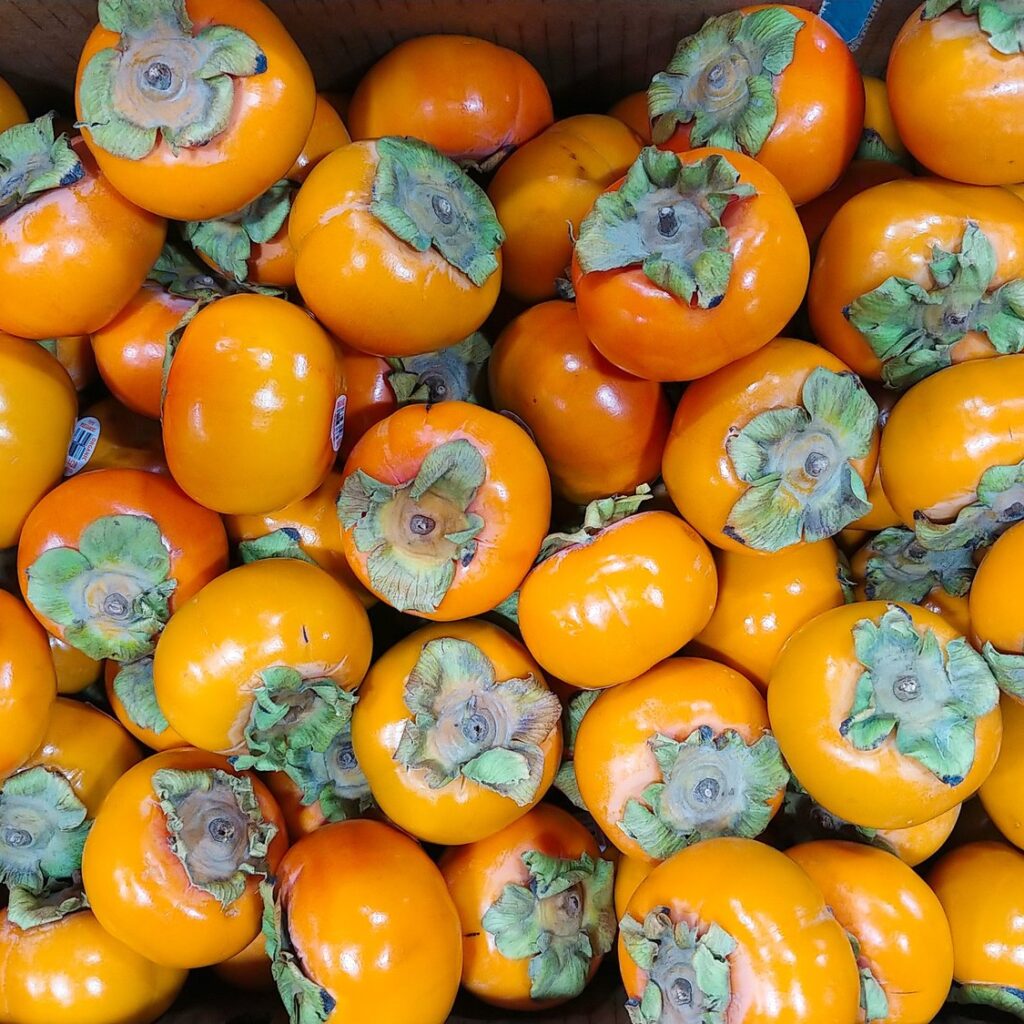
Though it might seem paradoxical for the world’s top producer to also lead imports, several factors explain China’s position:
Consumer Preference for Imported Varieties
Chinese consumers increasingly value exotic, premium, and specialty varieties from countries like Spain (notably ‘Rojo Brillante’ persimmons) and Israel (‘Sharonfruit’ variety). These persimmons have unique textures, flavors, and shelf lives that appeal to high-end retail markets.
Off-Season Demand
China’s persimmon harvest typically occurs between September and December. To satisfy consumer demand for fresh persimmons throughout the year, imports fill gaps in domestic availability.
Growing Affluent Urban Population
A rising middle class and health-focused urban consumers in cities like Beijing, Shanghai, Guangzhou, and Shenzhen are willing to pay premium prices for imported fruits, viewing them as status symbols and health investments.
E-commerce and Cross-border Trade
China’s booming online marketplaces, including JD.com, Tmall, and Pinduoduo, have made imported fresh fruits like persimmons easily accessible to consumers nationwide, boosting import demand.
Major Exporters Supplying China
China’s persimmon imports mainly come from:
- Spain: The leading exporter to China, especially for ‘Rojo Brillante’, prized for its size and seedless flesh.
- Israel: Supplies the ‘Sharonfruit’, a non-astringent persimmon that’s highly sought-after in China.
- South Korea: Exports premium persimmons, often packaged for gifting.
- New Zealand and Brazil: Emerging suppliers to meet seasonal demands.
Recent Trade Data (2022–2023)
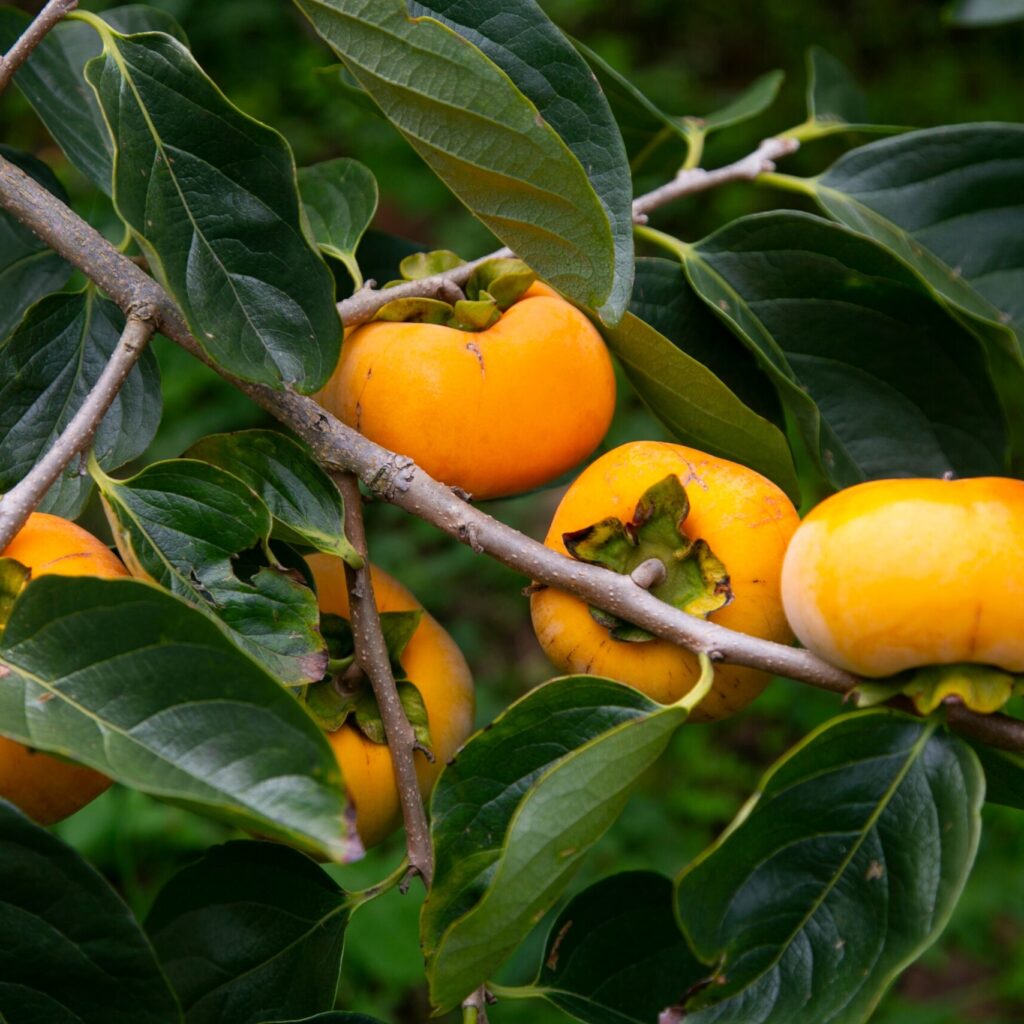
| Year | Volume Imported (Metric Tons) | Value (USD Million) |
|---|---|---|
| 2021–22 | 48,200 | 97.5 |
| 2022–23 | 55,100 | 103.2 |
Imports showed a steady annual growth of around 8–10% due to surging consumer interest and expanded retail distribution.
Market Trends and Future Outlook
Rising Popularity of Imported Fruit
Imported fruits — including persimmons, avocados, and cherries — have gained popularity in China, particularly in affluent urban regions.
Expanding E-Commerce Channels
With e-commerce fruit sales rising rapidly, even niche varieties of imported persimmons are now widely available through online grocers and delivery apps.
Domestic Cultivation Expansion
While China continues to expand persimmon orchards in provinces like Shaanxi, Henan, and Hunan, production focuses on local varieties, leaving space for imported specialty cultivars.
Health and Wellness Focus
Persimmons are rich in vitamins, fiber, and antioxidants — attributes that resonate strongly with health-conscious Chinese consumers, particularly amid growing concerns about immunity and nutrition.
Culinary and Cultural Use in China

Persimmons have deep cultural significance in China:
- Considered a symbol of good fortune, longevity, and happiness.
- Widely used during Chinese New Year celebrations and as gifts.
- Consumed fresh, dried (shìbǐng), in teas, and traditional medicinal recipes.
Imported varieties like ‘Rojo Brillante’ and ‘Sharonfruit’ are particularly popular in luxury supermarkets, hotel buffets, and high-end restaurants.
Conclusion: China’s Reign as the Largest Persimmon Importer
Despite being the world’s largest persimmon producer, China also leads in global imports, driven by the nation’s affinity for premium imported fruit, increasing off-season demand, growing middle-class affluence, and expanding e-commerce trade channels.
While domestic production will continue to grow, imports of specialty and off-season persimmons will remain strong, ensuring China maintains its title as the largest persimmon importer worldwide for the foreseeable future.
Quick Recap:
| Category | Data |
|---|---|
| Largest Persimmon Importer | China |
| Annual Import Volume (2023) | 55,000 metric tons |
| Top Exporters to China | Spain, Israel, South Korea, New Zealand |
| Key Drivers | Affluent middle class, health trends, off-season supply |
| Domestic Production | World’s largest at over 4.5 million metric tons |
Would you like me to craft a similar article on the largest persimmon exporter in the world next? I’d be glad to research and write it for you!

